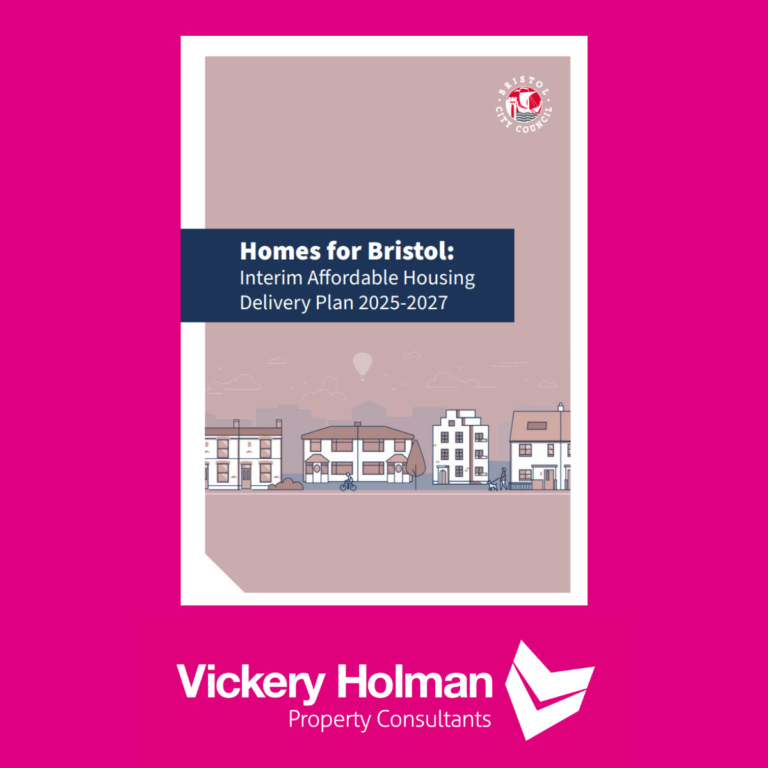The rent review is traditionally looked at as the landlords opportunity to adjust rent part-way through a lease term. As leases are generally becoming shorter, rent reviews are not always present anymore. However, we explain below two alternative forms of the traditional process that have been making an appearance in recent months.
There are two main methods by which the new passing rent can be attained at a rent review date – comparison with open market rents, or less commonly by calculating a Retail Price Linked increase. We have seen a number of new leases which state that both these methods should be applied at rent review, with the highest rent achievable from either method becoming the new passing rent. These leases also carry the familiar ‘upward only’ caveat. For Landlords of certain properties, this is a very welcome addition to a lease, as they will almost certainly achieve a rental increase through the RPI calculation, even if the Market Rent has not increased. In a more buoyant market, the rent increase achievable through calculating the Market Rent would be higher than through an RPI calculation, so the opportunity to refer to both methods is a positive move for landlords.
On the other hand, we have also seen examples of new leases with day one rent reviews. This type of lease entices a tenant to commit to a lease renewal early. The parties enter into a new lease agreement to start when the existing one ends at the same rent. However, there is then an upwards or downwards rent review on day one of the lease. The advantage for the landlord is retaining a tenant in an uncertain market. For the tenant, it provides a means to ensure they do not end up paying more than the market rent.





